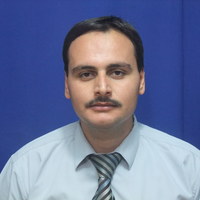
Tamer Alslaibi
Address: 1. Nibong Tebal, Pulau Pinang, Malaysia
2. Gaza Strip, Palestine
2. Gaza Strip, Palestine
less
Related Authors
Ayse Asatekin
Tufts University
Prof. Saeid Eslamian
Isfahan University of Technology
Norazian Mohamed Noor (PhD)
Universiti Malaysia Perlis (UniMAP)
Austin Coffey
South East Technological University
Estella Weiss-Krejci
Austrian Academy of Sciences
Armando Marques-Guedes
UNL - New University of Lisbon
K.W. Chau
Hong Kong Polytechnic University
Iolanda Craifaleanu
Technical University Of Civil Engineering, Bucharest
Masitah Hasan
Universiti Malaysia Perlis (UniMAP)
Tobias Takas Shumba
Harare Polytechnic
InterestsView All (23)
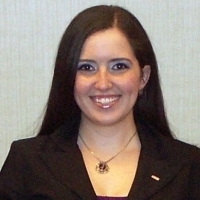
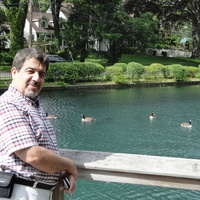



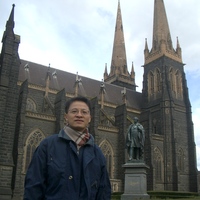

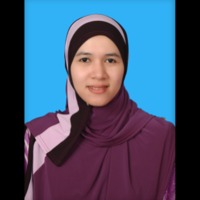

Uploads
Papers by Tamer Alslaibi